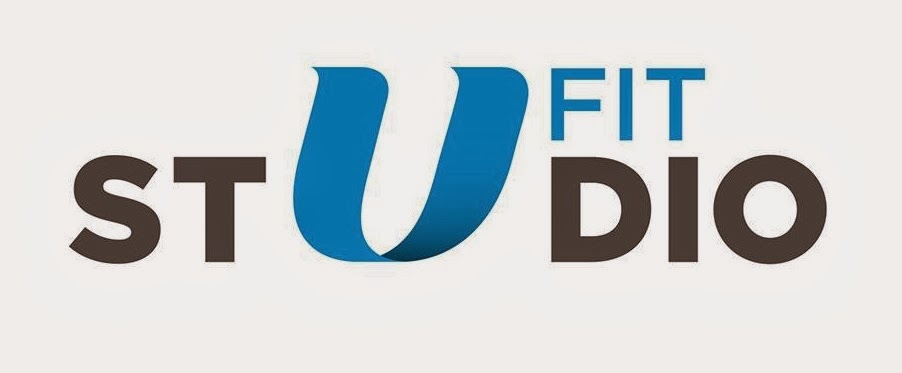
Short of heading down to your local dealer and grabbing a few needles' worth of drugs, how can you manipulate your hormones?
Firstly you can improve your Zinc levels through diet and supplementation, which has been shown to normalise testosterone levels in those who don't get enough of the mineral in their diet, which is almost everyone.
Research seems to suggest that you also need to take a vitamin D supplement - 35,000 IU's a week - it is critical for those living outside the tropics. We don't get enough and it affects our hormones. .
You probably will have heard this before but you should also refrain from a carbohydrate based diet, especially simple sugars which have been shown to acutely reduce testosterone and promote insulin resistance.
Having got a grip on the diet side of your life it all comes down to training. Every body builder knows that high volume or high intensity exercise performed by large muscle groups results in a rise in anabolic hormones. The practical application of this knowledge is to perform squats on the same day as biceps, so the biceps can bathe in a sea of anabolic hormones, allowing them to grow.
But does this work in practice?
Well, a group of scientists in Canada performed a study on just this topic. They asked a group of participants to train their elbow flexors (biceps) on alternate days. When they exercised one arm they would perform a set of leg exercises alongside it, to produce the hormone response. They labelled this arm the high hormone arm (HH). With the other am they trained it on its own and called it the low hormone arm (LH).
The results of the study were as follows, there was a significant acute rise in growth hormone, IGF-1 and testosterone following the HH workout compared to the LH workout. However the HH arm did not grow significantly more than the LH arm.
This contradicts the hypothesis that acute rises in anabolic hormones influence muscle protein synthesis.
Limitations
- This was a within groups study
- Diet was not controlled
- The exercise performed to produce the anabolic response was not particularly high volume.
So after a lot of contradictory information, here's my opinion.
- Still back off the steroids, they work but at a cost. They work because the allow an unnaturally high level of anabolic hormones to be maintained over long periods.
- Supplement your diet, you can't gain optimal results by simply eating well.
- Eat lots of protein and control carbohydrate intake
- The reasons the HH training didn't work
- The increase in anabolic hormones is short lived, usually less than an hour. However the muscle protein synthesis can last for up to 48 hours, so it may only make a small difference.
- The diet may have been carb based, limiting results
- The volume of training may need to be higher and more frequent to produce significant results.
















